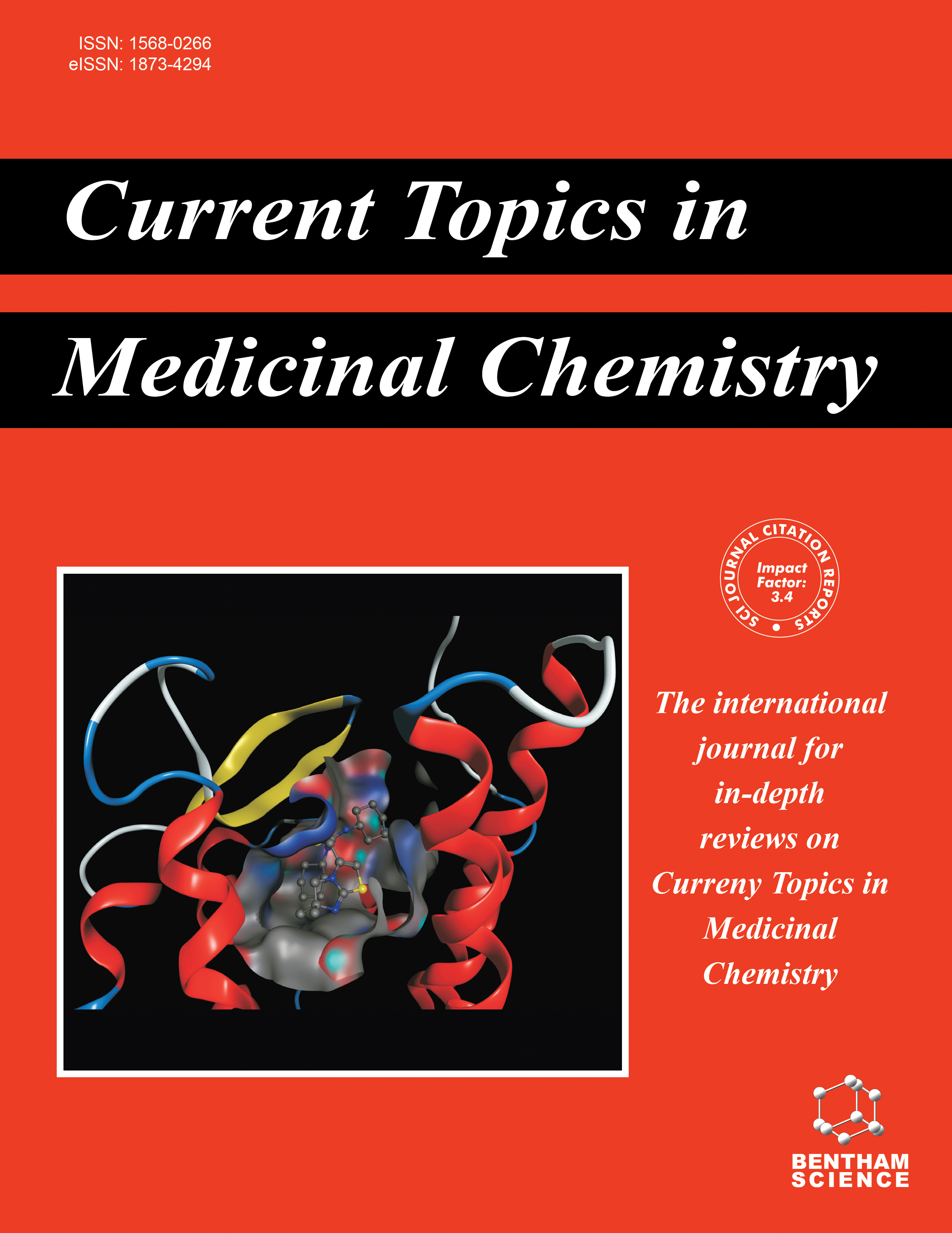
Full text loading...
This review explores the transformative impact of AI on drug development and delivery in pharmaceutical sciences, spanning formulation design, real-time monitoring, targeted delivery, and future prospects. The rational design of smart drug carriers, such as AI-optimized liposomes for cancer therapy, optimizes formulations for individual patient needs. AI-driven sensors, exemplified by glucose-monitoring biosensors for diabetics, enable adaptive drug administration, enhancing precision. Despite promises, challenges like biocompatibility, regulations, and ethics persist. Interdisciplinary collaboration and transparent communication are crucial for responsible AI adoption. Anticipated trends include personalized dosage optimization and intelligent nanocarriers. The review underscores AI's potential in reshaping pharmaceuticals for patient-centric care while addressing challenges for widespread adoption.

Article metrics loading...

Full text loading...
References


Data & Media loading...

